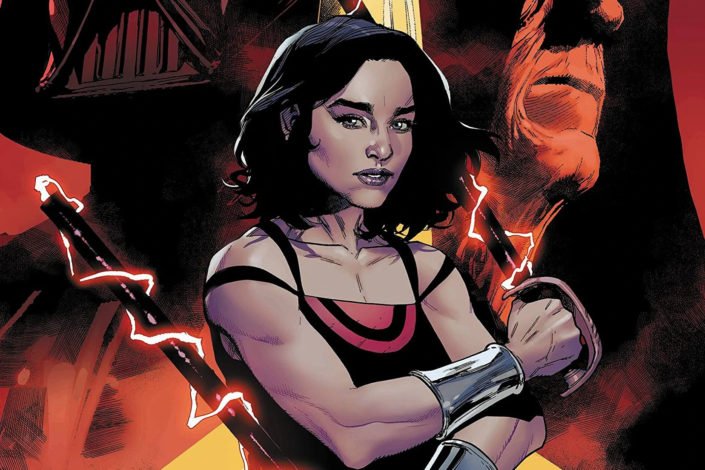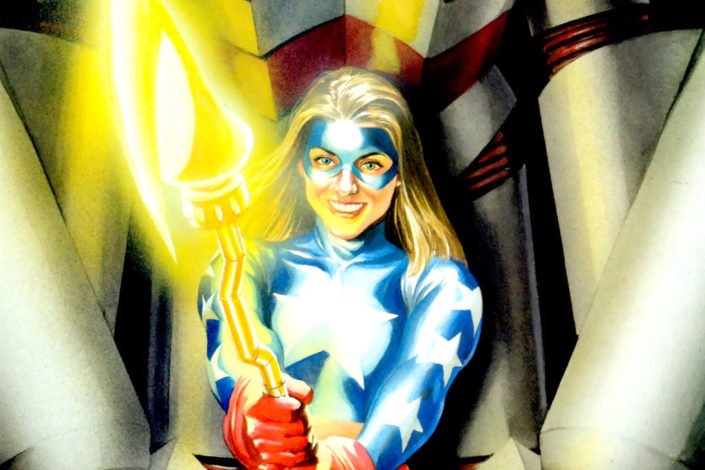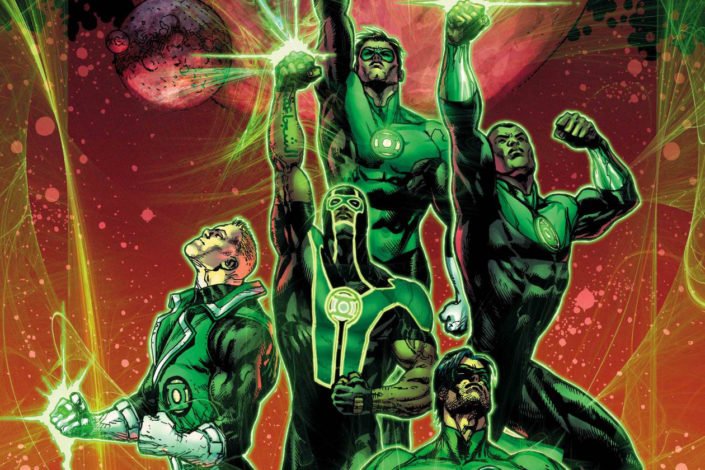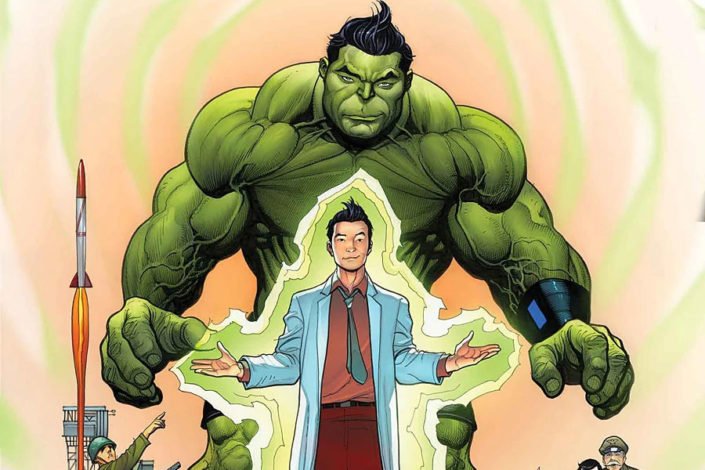Batman: Hush Reading Order

Not unlike The Batman Who Laughs, Hush is a DC Comics supervillain, and more precisely, an adversary of Batmanto created during the Modern Age (aka the Post-Crisis era). Recognized for his distinctive visual design and lethality, Hush has become one of the more memorable additions to Batman’s rogues’ gallery in the 21st century.
The character was created by writer Jeph Loeb and artist Jim Lee, making his debut in Batman #609 (2003), the opening chapter of the 12-part story arc Batman: Hush. In this storyline, we learn that Hush is Dr. Thomas “Tommy” Elliot, a brilliant surgeon and childhood friend of Bruce Wayne. Elliot orchestrates an elaborate campaign against Batman, manipulating several of Gotham’s most notorious villains while concealing his own identity beneath his trademark bandaged visage.
Following the conclusion of the Hush storyline, the character reappeared in multiple Batman titles and related media, cementing his status as a recurring foe. However, with the launch of DC Comics’ New 52 initiative in 2011, which rebooted much of the company’s continuity, Hush’s presence temporarily diminished. He was later reintroduced in the weekly series Batman Eternal (2014–2015), where aspects of his backstory and motivations were reinterpreted. During the DC Rebirth (2016), elements of pre-New 52 continuity were reintroduced, and new developments followed. Hush returned once more, clashing not only with Batman but also with members of the extended Bat-Family.
Outside the mainline comics, Hush has appeared in various adaptations, including the animated film Batman: Hush (2019), video games, and merchandise, further solidifying his cultural impact.









